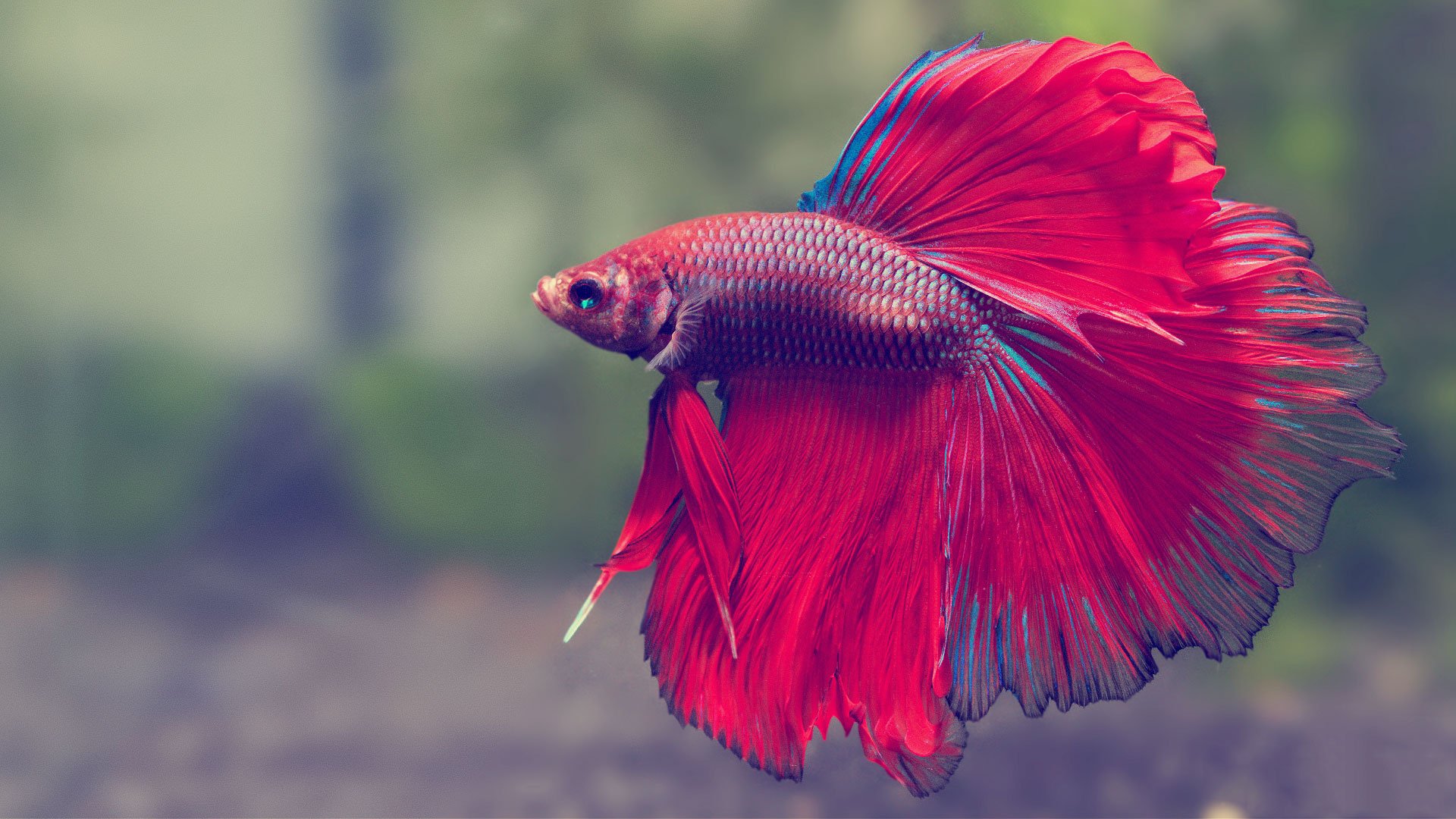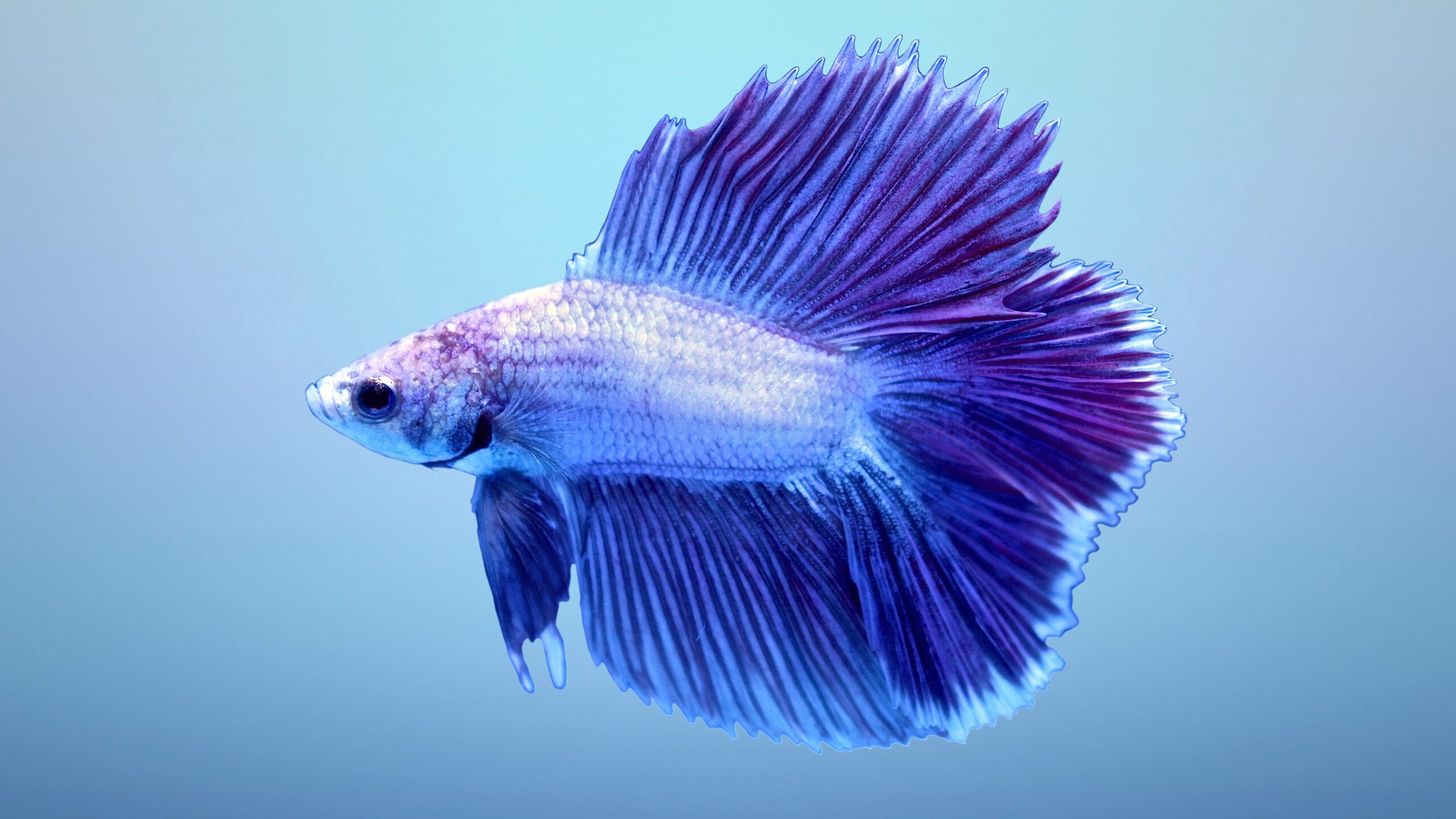Betta Fish Care Sheet
Why Are Betta Fish One of the Most Beloved Pets?
Betta fish, with their vibrant colors and unique personalities, have captivated fish enthusiasts around the world. But what does it take to ensure these majestic fish thrive? In this guide, you’ll find everything you need to know—from tank setup to health tips—backed by expert care practices.

Fast Betta Care Facts Table
Click here for my favorite betta fish book
| Feature | Details |
|---|---|
| Scientific Name | Betta splendens |
| Lifespan | 3-5 years |
| Tank Size | Minimum 5 gallons |
| Diet | High-protein pellets and live/frozen treats |
| Water Temp | 78–80°F |
| pH Level | 6.8–7.0 |
Betta Fish Supply Checklist
To keep your Betta healthy and happy, you’ll need:
- A properly sized tank or bowl (5–10 gallons recommended).
- Heater and thermometer to maintain consistent water temperature.
- Filter for cleaner water and reduced maintenance.
- Real or plastic plants, Java Moss, and smooth-edged decorations.
- Water conditioner to treat tap water.
- Testing kits for ammonia, nitrites, and pH levels.
Betta Habitat & Tank Setup
1. Tank Size Matters
While Bettas can survive in small spaces, larger tanks (at least 5 gallons) provide a healthier and happier environment. A larger space allows them to swim freely, show off their vibrant fins, and explore.
2. Water Quality Essentials
- Treat tap water with dechlorinators like AmQuel to remove harmful chemicals.
- Use gravel from an established tank to seed beneficial bacteria and avoid “new tank syndrome.”
- Maintain stable pH levels between 6.8 and 7.0 using test kits to monitor water conditions.
3. Tank Decorations
- Use smooth-edged decorations and real or plastic plants to create hiding spots.
- Java Moss is an excellent choice for keeping the tank clean while providing a natural aesthetic.
- Avoid sharp objects or decorations with small openings where your Betta could get stuck.
Water Maintenance & Cleaning
Keeping your Betta’s tank clean is crucial for their health:
- Weekly Water Changes
- Replace 50% of the water weekly if using a filter, or 90% without a filter.
- Ensure the new water matches the temperature of the tank.
- Cleaning Tips
- Use a siphon to clean gravel and remove debris.
- Avoid using soap or chemicals; instead, rinse with hot water.
- Never remove all beneficial bacteria by over-sanitizing.
Feeding Betta Fish
1. Diet Basics
- High-quality pellet food should be the staple of their diet.
- Supplement with freeze-dried or frozen treats like bloodworms or brine shrimp.
2. Portion Sizes and Frequency
- Feed Bettas 2-3 pellets twice a day, ensuring no uneaten food remains in the tank.
- Avoid overfeeding to prevent health issues like bloating or constipation.
3. Vacation Feeding Tips
- Use automated feeders or have a trusted person feed your Betta small portions if you’re away.
Health Concerns and Treatments
1. Signs of a Healthy Betta
- Bright, vibrant colors.
- Active swimming behavior.
- Building bubble nests at the water’s surface.

2. Common Illnesses
- Fin Rot: Treat with aquarium salt and clean water.
- Ich: Use temperature adjustments and ich-specific medications.
- Bloating: Fast your Betta for 1-2 days and offer a cooked pea to aid digestion.
3. Emergency First Aid Tips
- Perform salt baths for external infections.
- Remove affected fish to a quarantine tank for treatment.
Betta Fish Behavior
Bettas are known for their unique personalities. They may recognize their owners, perform “happy dances” when you approach, and even build bubble nests.
- Flaring Behavior: Bettas flare their gills to establish dominance. Use a mirror occasionally to encourage this natural behavior, but avoid prolonged exposure.
- Quirks: Some Bettas enjoy rearranging gravel or responding to their reflection.

FAQs
Can Betta Fish Live in Tap Water?
Yes, but only if treated with a water conditioner to remove harmful chemicals.
How Often Should I Clean a Betta Fish Tank?
Weekly water changes are essential, with 50% changed in filtered tanks and 90% in unfiltered tanks.
What Do Betta Fish Like to Eat?
High-protein Betta pellets and occasional treats like bloodworms or brine shrimp.
Call to Action
Download this in-depth betta care guide to keep these tips handy and ensure your Betta thrives. For the best products to support your Betta, check out our recommended heaters, filters, and test kits today!